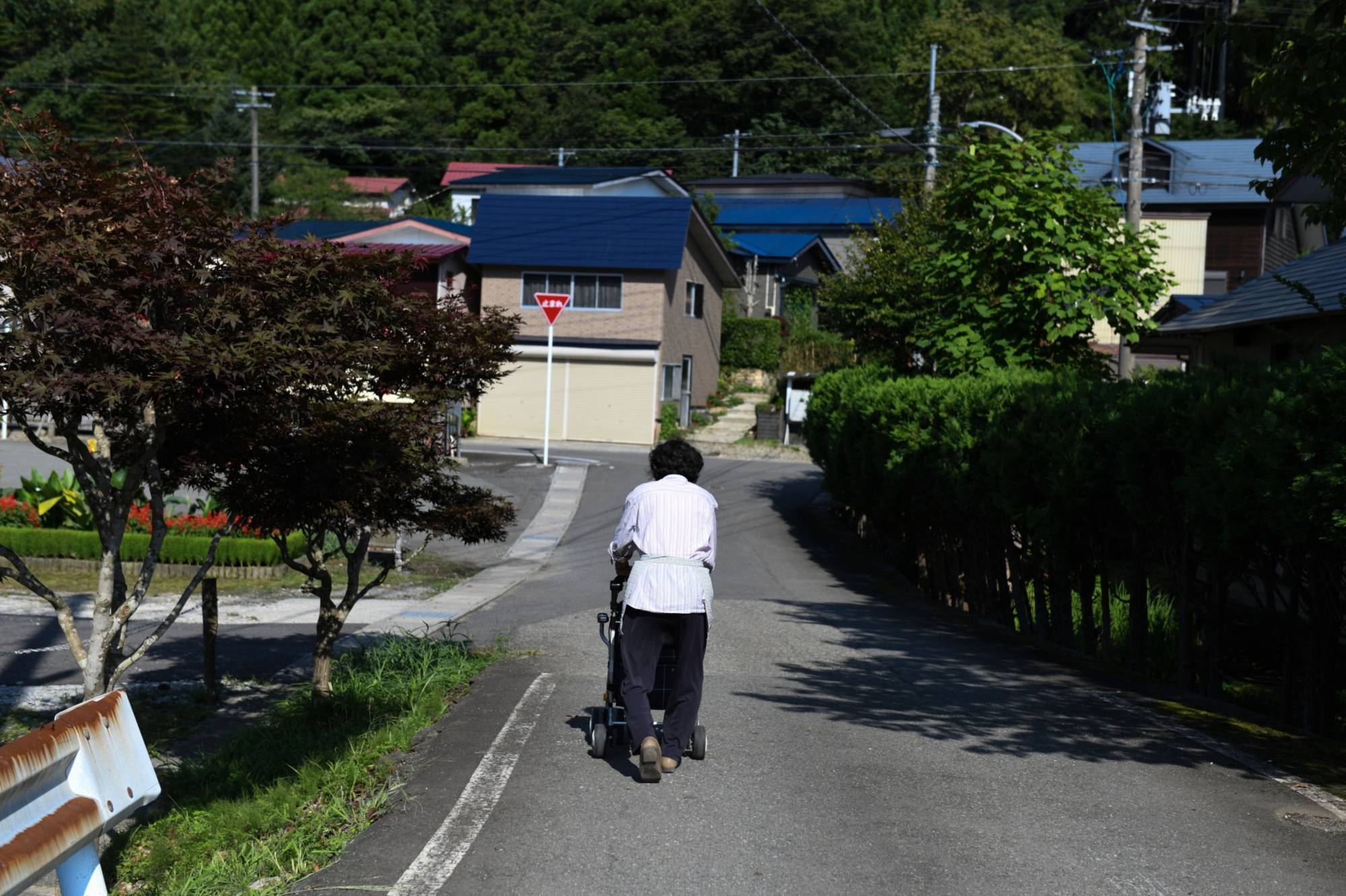Over the coming decade, Japan will get economic tailwinds from a force never before experienced in economic history anywhere on this scale: the country's gigantic stock of record household savings will become unstuck. Japan’s famous ¥1,800 trillion worth of “Goldfish stuck in Jelly” will finally be freed.
Unfortunately, this is not because of clever new policy initiatives, financial deregulation or a sudden change of heart from the naturally conservative "Mr. and Mrs. Watanabe" beginning to shift hard-earned savings from the safety of cash and deposits — tansu yokin, or mattress money — into riskier financial assets. No, the real catalysts, and economic variables we can predict with virtual certainty, will be national demographic destiny and death. Yes, the upside of the declining population is that the final journey of Japan’s baby boomers is poised to free up inheritance fund flows of as much as ¥550 trillion (about $5 trillion) over the next ten years alone.
In clear speak: the equivalent of just about the nation’s annual GDP will be transferred from one generation to another over the next ten years or so. This is a sizable windfall that can boost household disposable income by approximately 15% per year, every year of the coming decade, which is also equivalent to lifting the national GDP by about 10% per annum. No country in history has ever experienced a shift in assets on that scale; the economic consequences of the first and second world war basically disrupted and destroyed the enormous wealth accumulated since the start of the industrial revolution. We’re entering new territory and Japan is in pole position. Such a generational wealth transfer as a boost to the purchasing power of the younger generation simply does not feature in economists’ models but is poised to become a very real force of positive growth, which should surprise many. In my view, here we have not only Japan’s best-kept secret but, more importantly, the single biggest potential positive force for the nation’s future prosperity.



















With your current subscription plan you can comment on stories. However, before writing your first comment, please create a display name in the Profile section of your subscriber account page.